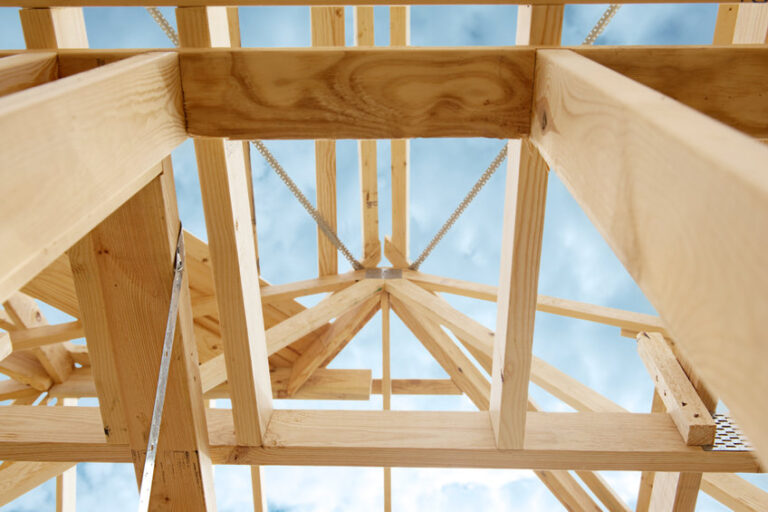By Roland Murphy for AZBEX
The Rider Levett Bucknall North America Quarterly Construction Cost Report for Q2 2022 shows comparative costs in Phoenix have risen 6.37% since July of last year. The national escalation rate was 7.5%.
The Comparative Cost Index “tracks the ‘true’ bid cost of construction, which includes, in addition to costs of labor and materials, general contractor and sub-contractor overhead costs and fees (profit). The index also includes applicable sales/use taxes that ‘standard’ construction contracts attract.”
Phoenix ranked 11th of the 12 metros RLB tracks. With a percent increase of 4.59, only Honolulu was lower. Seattle was highest at 11.28%, followed by Chicago (9.01%) and Boston (8.76%).
Julian Anderson, RLB president, North America, reiterated what have become common themes in his introduction to the report – specifically that cost increases are being fueled by ongoing disruptions to the supply chain and the relentless and worsening skilled labor shortage.
“Recent employment data confirms the shorter of workers in the AEC industries is at a critical point,” he said. “Construction job openings through the end of April totaled 494,000, which was a 40% increase year over year, and this is above and beyond the 455,000 workers that were hired during the month. Recent BLS data shows that 36,000 new employees joined the construction workforce in May, but that was just 7% of the open positions.”
Anderson continued, “This workforce shortage is hindering the industry’s ability to maximize construction growth. In April, spending on nonresidential construction declined 0.2% from March and public construction spending slid 0.7% for the month. April unemployment was at a record low of just 4.6% for jobseekers with construction experience. Given this situation, industry analysts are attributing the slowing growth almost solely to the workforce shortage.”
In an addendum, Executive VP Scott Macpherson pointed out only one cost driver, Structural Steel, has decreased since Q1 2022, and that only as a drop of 0.1%. Among other drivers, Rebar is up 11.2%, Lumber is up 41.2%, and Diesel has increased 43.8%.
Key items Macpherson warned to keep an eye out are: Cost escalation impacts on Capital Improvement Planning (more on this in an upcoming issue of AZBEX), ongoing labor market pressures, and the impacts cost increases are having on subcontractors.

